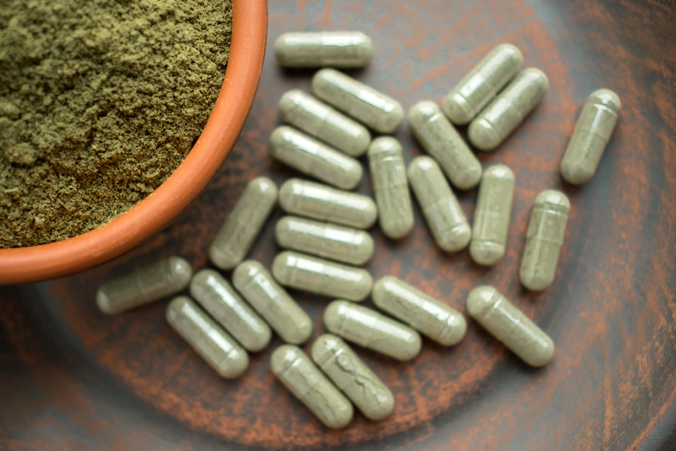Unlocking the Healing Properties of Kratom Powder – A Deep Dive into Its Content
Kratom powder, derived from the leaves of the Mitragyna speciosa tree native to Southeast Asia, has garnered significant attention for its potential therapeutic benefits. Traditionally used in countries like Thailand and Indonesia, kratom has become increasingly popular in the West as people explore natural alternatives to manage pain, anxiety, and other conditions. The key to understanding kratom’s healing properties lies in its alkaloid content, which interacts with the body in unique ways, offering a range of effects that can vary based on the strain, dosage, and individual physiology. The primary alkaloids in kratom that contribute to its medicinal properties are mitragynine and 7-hydroxymitragynine. Mitragynine is the most abundant, making up about 60% of the alkaloid profile in most kratom strains. This compound acts primarily as a partial agonist at the mu-opioid receptors, which are the same receptors targeted by opioid painkillers. However, unlike traditional opioids, mitragynine does not seem to induce the same degree of respiratory depression, which is a significant risk factor for overdose. This interaction suggests that kratom could offer pain relief without the severe side effects associated with conventional opioids.

7-hydroxymitragynine, although present in much smaller quantities, is considerably more potent. It is estimated to be several times stronger than morphine in terms of its affinity for the mu-opioid receptors. This potency is a double-edged sword, as it can provide powerful pain relief but also increases the risk of dependency if used improperly. The balance between these two alkaloids—mitragynine moderate effect and 7-hydroxymitragynine’s potency—is crucial in determining the overall impact of kratom on the body. Beyond these two primary alkaloids, kratom contains over 40 additional alkaloids, each contributing in subtle ways to its effects. For instance, speciogynine and paynantheine are muscle relaxants that may help ease tension and discomfort. Meanwhile, corynantheidine acts as an opioid antagonist, which could theoretically help counteract some of the dependency risks associated with kratom use. These minor alkaloids interact in complex ways, creating what is often referred to as the entourage effect, where the combined action of all these compounds produces a more balanced and nuanced experience than any single alkaloid could offer.
The alkaloid content in green vein thai kratom varies significantly depending on the strain, environmental factors, and even the time of harvest. For example, red vein kratom is typically richer in 7-hydroxymitragynine, making it more sedative and better suited for pain relief and relaxation. In contrast, white vein kratom tends to have higher concentrations of mitragynine, which can provide a more stimulating effect, often used for boosting energy and focus. In conclusion, the healing properties of kratom powder are deeply intertwined with its complex alkaloid profile. While mitragynine and 7-hydroxymitragynine are the primary drivers of its effects, the myriad of other alkaloids present in the plant work together to produce a diverse range of potential benefits. Understanding these alkaloids and their interactions is crucial for anyone considering kratom as a natural remedy, as it allows for more informed choices regarding strain selection and dosage, ultimately enhancing the therapeutic potential while minimizing risks.